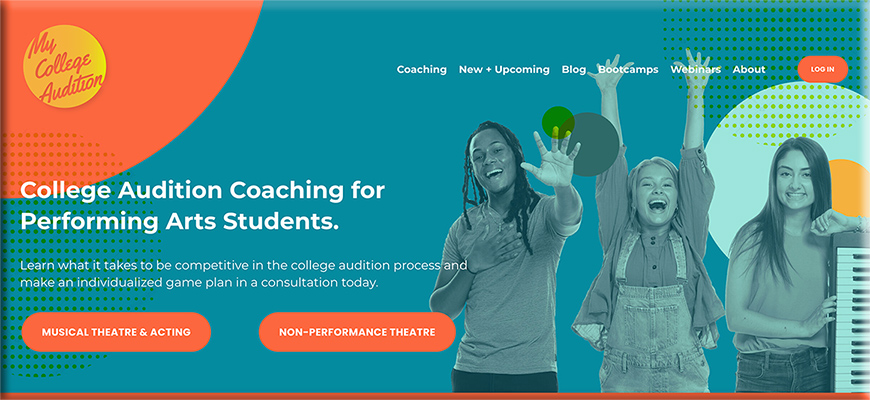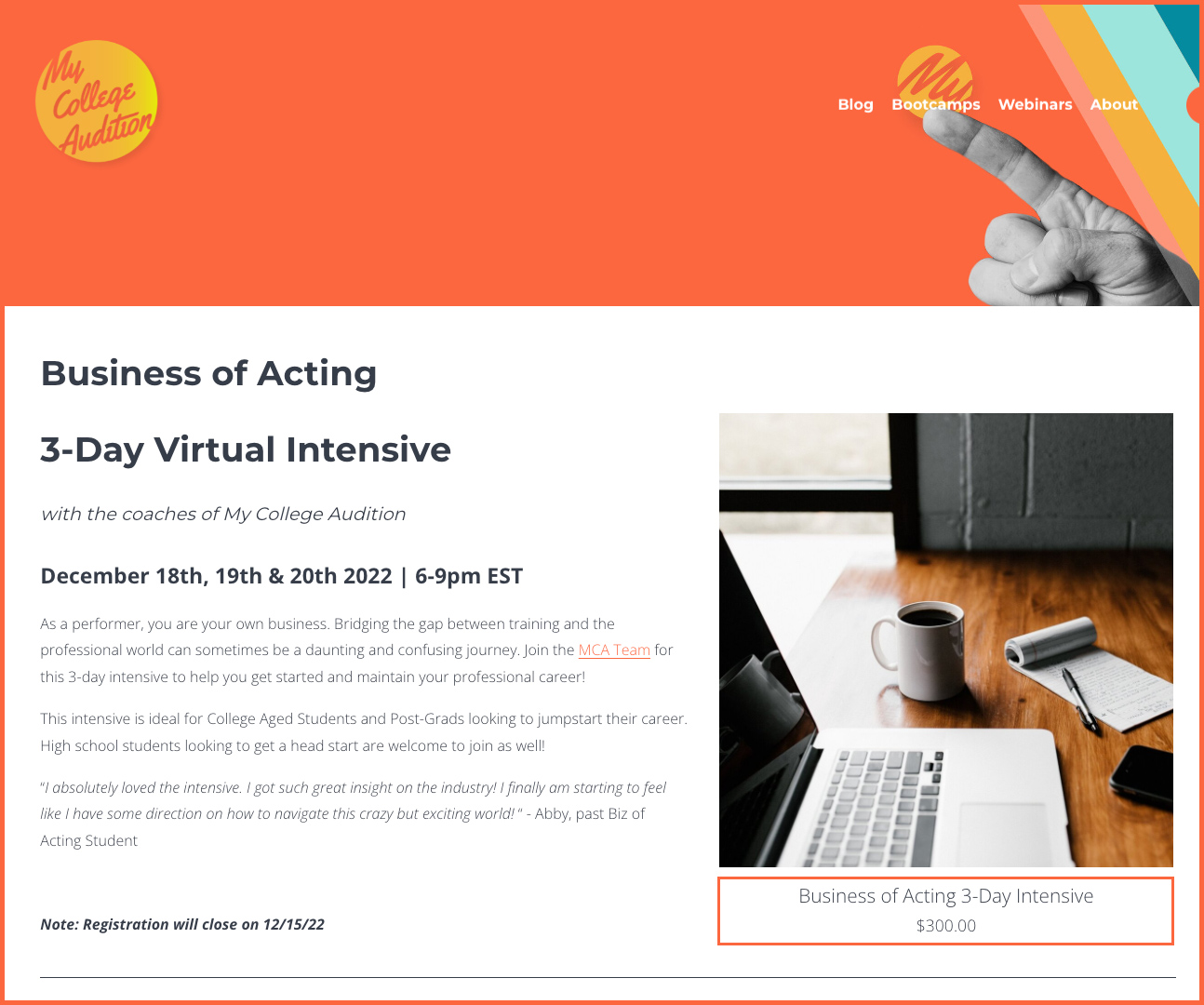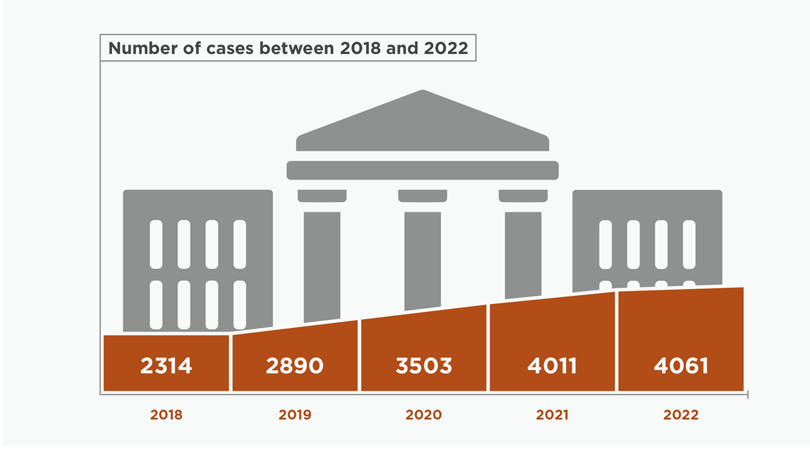The Work-From-Anywhere War Is Beginning — from wired.com by Bruce Daisley
Forget return-to-office mandates. The most sought-after talent want ultimate flexibility. Their bosses need to get on board.
Excerpt:
Who calls the shots on how many days you end up working in the office? It has gradually dawned on bosses that it isn’t them. The real power holders? The elusive “top talent” that every firm is trying to attract.
…
Top talent doesn’t just want hybrid work, they want to work from wherever they want. “There are two kinds of companies,” Choudhury explains. “One is going to embrace work-from-anywhere, and the second is in denial—I feel those companies will lose their workforce.” He argues that the “companies that are trying to drag back time will lose some of their best talent, and that dynamic will force these companies to catch up.”
What Can We Learn from Barnes & Noble’s Surprising Turnaround? — from tedgioia.substack.com by Ted Gioia
Digital platforms are struggling, meanwhile a 136-year-old book retailer is growing again. But why?
Excerpts (emphasis DSC):
Daunt refused to play this game. He wanted to put the best books in the window. He wanted to display the most exciting books by the front door. Even more amazing, he let the people working in the stores make these decisions.
This is James Daunt’s super power: He loves books.
But I almost hate to say it, because the lesson is so simple.
If you want to sell music, you must love those songs. If you want to succeed in journalism, you must love those newspapers. If you want to succeed in movies, you must love the cinema.
But this kind of love is rare nowadays. I often see record labels promote new artists for all sorts of gimmicky reasons—even labels I once trusted such as Deutsche Grammophon or Concord. I’ve come to doubt whether the people in charge really love the music.
Five Years of ADA Web and App Lawsuits — Key Observations & Trends — from blog.usablenet.com
Speaking of accessibility, also relevant/see:
- 5 Quick Writing Tips for Creating More Accessible Content — from boia.org
…

Today, over 113 million learners from around the world access the platform to gain knowledge, to earn certificates and get diplomas from the top universities.
The Coursera ride has been amazing for most of the past decade, with over 100 million students, 200 universities and 5000 courses on the platform. And while the vast majority of the students on Coursera don’t pay a dime, the company has built a business with over $500 million in revenue and nearly a $2 billion market cap today.
Estimates are for the company to do $520 million in revenue in 2022, up from $415 million in 2021 and estimated $623 million in 2023. Coursera is losing money currently but has $424 million in cash and could turn profitable if it prioritized that and sells at 1.3x 2023 sales.
Edtech’s brightest are struggling to pass — from techcrunch.com by Natasha Mascarenhas
Excerpts:
In the last quarter of 2022, edtech layoffs have hit venture-backed businesses including but not limited to BloomTech, Vedantu, Teachmint, Reforge, Coursera, Unacademy, Byju’s, Udacity and Brainly. Executive shifts include Quizlet CEO stepping down, Degreed’s CEO stepping aside for the founder’s return, and Invact Metaversity’s co-founder leaving after irreconcilable differences with his co-founder.
Class, an edtech company that neared unicorn status only 10 months after launching its Zoom School alternative, also conducted layoffs this year. The company raised a total of $146 million in known venture funding to date, including a SoftBank Vision Fund II check. CEO and founder Michael Chasen did not respond to a request for comment
The e-mail sent to staff was even more direct. “The truth is the layoffs in our sector are widespread for a reason,” Amir Nathoo, the co-founder of edtech unicorn Outschool, wrote in an email sent to staff. “The funding atmosphere has been dramatically impacted by the anticipation of a recession, higher interest rates and an increased need to show [return on investment] to investors.”
Addendum on 12/15/22 — and focuses on India:
- Will Edtech See a Paradigm Shift In 2023? — from entrepreneur.com by S. Shanthi
Higher education, phygital models, vernacular learning, re-skilling, up-skilling are some of the trends that are expected to stay attractive
From DSC:
“How to retain talented staff members should be high on every administrator’s 2023 agenda.” This highlight from a recent email from The Chronicle of Higher Education linked to:
- How to Retain Your Best Staff Members — from chronicle.com bMeredith Davis
Four tips from a former student-affairs administrator on how to improve work culture on campus.
Unfortunately, this important item wasn’t high on the agenda in the majority of the years that I was working in higher education. I often thought that folks in higher education could have learned from the corporate world in this regard. Although even the corporate world hasn’t been doing a good job these days about treating their people well. But that wasn’t the case in my experience at Baxter Healthcare, Kraft Foods, and Wells Fargo from years ago.
Perhaps we should have more people “crossing over” between the silos that we seem to have established. That is, a person could work within higher education for 2-3 years, move over to a corporate environment/government/vocational space/other, and then works a few years there before coming back to higher education in a different capacity. Perhaps more pathways and tighter collaboration could exist in this manner.
Hmmm…design thinking…there’s got to be something here…













